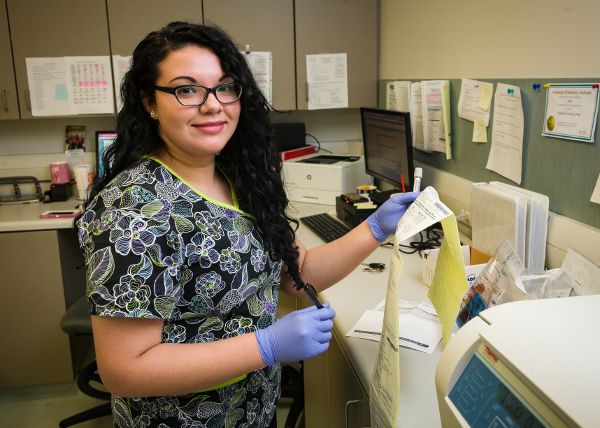Overview
Non-Hodgkin’s lymphoma is the seventh most common cancer in men and women in the United States. According to the American Cancer Society, 74000 new cases of non-Hodgkin’s lymphoma are diagnosed each year in the US. Non-Hodgkin’s lymphoma originates in the lymphatic system of the body. The lymphatic system fights diseases throughout the body. In non-Hodgkin’s lymphoma, tumors develop from white blood cells called lymphocytes. Lymph tissue is found in many places throughout the body, so lymphomas can start almost anywhere. Non-Hodgkin’s lymphoma is more common than the other type of general lymphoma, Hodgkin lymphoma.
The major sites of lymph tissue are:
- Lymph Nodes
- Spleen
- Bone Marrow
- Thymus
- Adenoids and Tonsils
- Digestive Tract
Noting how many different areas of the body major lymph tissue sites are located is important. Each site can cause different symptoms for people.
There are many types of non-Hodgkin lymphoma, which can make classifying difficult for physicians. To read about the specific types of NHL, visit The American Cancer Society website.
Symptoms
- Painless, swollen lymph nodes in your neck, armpits, or groin.
- Abdominal pain or swelling
- Chest pain
- Coughing or trouble breathing
- Fatigue
- Fever
- Night sweats
- Unexplained weight loss
It is important to note that if you are experiencing these symptoms it does not necessarily mean you have non-Hodgkin’s lymphoma. It is important to discuss these symptoms with your physician.
Risk Factors
- Medications that suppress your immune system. If you’ve had an organ transplant, you are more susceptible because immunosuppressive therapy has reduced your body’s ability to fight new illness.
- Infection with certain viruses and bacteria. Viruses linked to increased Non-Hodgkin’s lymphoma risk include HIV and Epstein-Barr infection.
- Chemicals. Certain chemicals such as chemicals used to kill weeds and insects, may possibly increase your risk.
- Autoimmune diseases. Diseases such as rheumatoid arthritis, systemic lupus, celiac disease, and others have been linked with increase risk of NHL.
- Older age. Non-Hodgkin’s lymphoma can occur at any age but is most commonly found in people over 60.
- Gender. Non-Hodgkin’s lymphoma is slightly more common in men.
- Race. Non-Hodgkin’s lymphoma is slightly more common in caucasians.
Prevention
There is no current way to prevent NHL. Most people diagnosed with NHL have no risk factors that can be changed.
Diagnosis
Precise and accurate diagnosis helps doctor choose the best treatment plan for you. If you have symptoms that may signal for this disease, your physician will examine you. One or more of the following tests may be used to find out if you have cancer.
- Lymph node biopsy. A small piece of tissue will be removed from a lymph node and looked at under a microscope. Sometimes physicians will remove the entire lymph node.
- Imaging Tests. Imaging tests can include X-Rays, CT scans, PET scans, and MRI scans.
- Blood Tests. If blood cells are normal in number in appearance and if blood chemistry is normal.
- Bone marrow aspiration and biopsy.
- Liver and kidney function tests.
Treatment
Doctors who treat NHL consist of hematologists, medical oncologists, and radiation oncologists.
Treatment options for NHL depend on type and stage of the lymphoma and other factors. Treatment options can include:
- Chemotherapy
- Radiation Therapy
- Bone Marrow Transplant
- Drug Therapy
- Proton Therapy
- Immunotherapy
- Stem Cell Transplant







